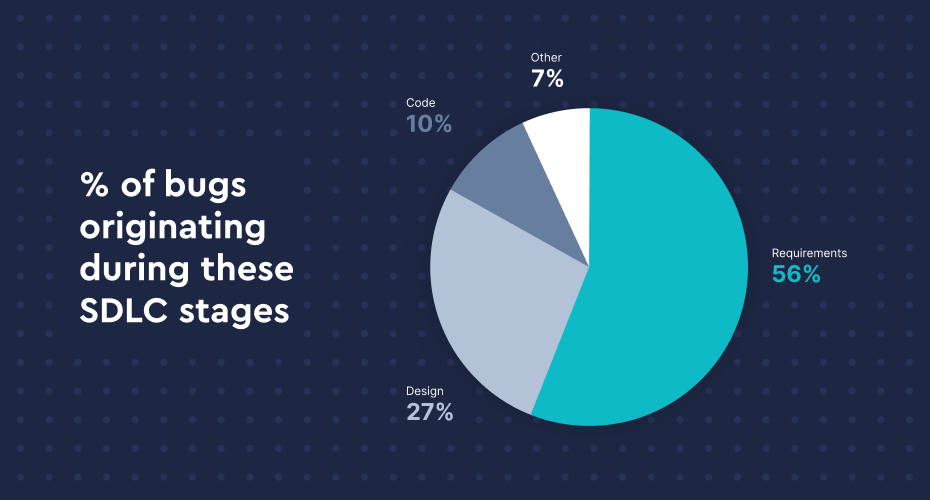5 Things Every CEO Must Know About Testing
Shwetha Ashokumar
Posted On: February 11, 2022
![]() 8117 Views
8117 Views
![]() 4 Min Read
4 Min Read
The digital ecosystem has changed the way businesses function. Today, organizations have stopped following an obsolete model where each team is siloed and works towards achieving team-specific goals.
Instead, businesses have started adopting a strategic partnership right at the leadership level where all the teams come together and work towards a common goal. By doing this, teams are able to converge operations faster and build synergies that help in navigating the competitive landscape.

But, even with this paradigm shift, the role of QA, more often than not, is limited to just finding bugs. Yes, it is crucial to identify the defects and it is the crux of the role, but is that what QA is all about?
This might have been true about 10 years ago, but in the convenience economy that we are at present, that is not the case.
In this blog, we are going to see the top five things that CEOs must understand about testing for the convenience economy.
1. The role of the QA is not just about finding bugs
The ultimate goal of testing is to enhance the end-user experience. Identifying bugs and resolving them is the process of reaching that goal. What is the whole point of having an error-free software if it is not user friendly or if it does not solve the problem? Your QA teams should focus on offering a seamless experience to your customers.
Watch this webinar to learn about enterprise-wide actionable strategies, the dos and don’ts of automation testing and DevOps tooling that will help you improve the release and test velocity.
2. Testing plays a huge role in your Go-to-Market Strategy
Testing continuously is the key driver for launching a new product in a market. The ability to support faster release cycles and high service timelines without compromising on quality is essential when releasing a new product. Empowering your testing team with adequate tools to perform tests faster invariably helps you achieve your business goals.
3. Automation is not the goal
Most of the companies today think of automation as the end goal. Automation is a strategy that helps you achieve your goal. Engineering teams today are so focused on automating tests that they forget why they are automating. The QA has the right expertise in exposing threats and vulnerabilities that could hamper the customer experience and cost a fortune to the company, if left unresolved.
The goal of the QA team is to understand how the current product behaves and how any new feature will impact the existing code. This understanding gives them the leverage to quickly fix what is broken.
4. Shifting Left helps in Growth
Shift left allows your teams to identify and resolve issues without any delay. It eliminates the quality vs speed analogy and focuses on the growth of the product.
According to a study by SQS AG, 56% of bugs originate in the requirements phase, 27% in the design stage and 10% during development.

From this research, it is clear that about 80% of the bugs are already introduced into the system before development. QA teams help in identifying missed use cases early in the development cycle. Companies that include their QA team in their review and design meetings often ensure that they are building the application or feature keeping their customer in mind.
Shifting left helps in lowering production bugs, reducing cost, improving test coverage and maintenance.

5. Your test execution infrastructure defines your future
This is something that is most often overlooked. According to Google about 70% of users abandon an app because it takes too long to load. An app can load at a lightning speed in one device or browser whereas it can be intolerably slow in another.
Tests should be run in real user conditions, that is, the application you build should be tested on the devices that your real users use. It should be tested on different browsers/devices for compatibility, reliability, and responsiveness.
Setting up an on-premise device lab is time-consuming and costly. With so many devices releasing year after year, maintaining new and legacy devices in-house is difficult and comes with huge operational costs. Poor infrastructure results in high test execution time, which, in turn, leads to delayed feedback to developers and slow bug resolution. According to Infostretch, about 70% of the testers do not have the right infrastructure to conduct tests.
LambdaTest’s test execution platform allows users to run both manual and automated tests of web and mobile apps across 3000+ different browsers, browser versions, and operating system environments. Over 500 enterprises and 600,000+ users across 130+ countries rely on LambdaTest for their test execution needs.
Introducing Test At Scale — a test intelligence and observability platform that shortens the testing durations & provides faster feedback. It enables devs to get early insights into flaky tests and enhances their productivity to ship code frequently with confidence. Start FREE Testing
Got Questions? Drop them on LambdaTest Community. Visit now















